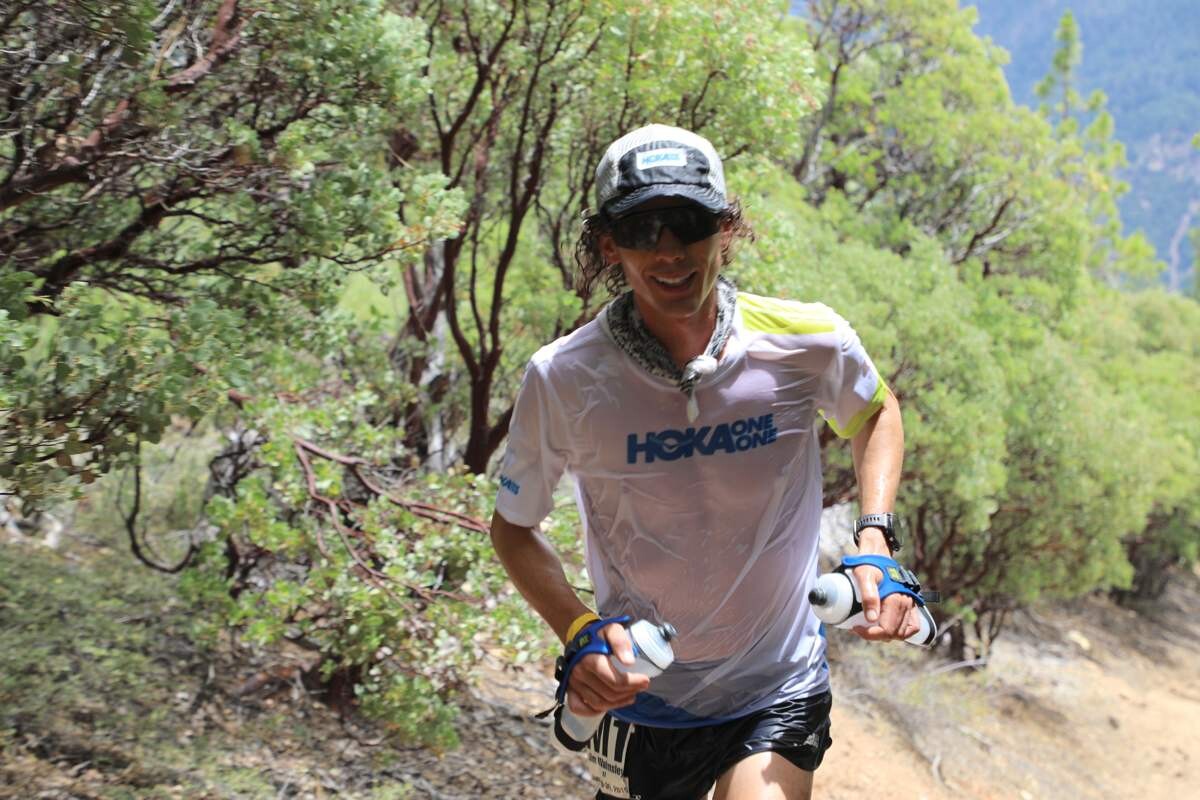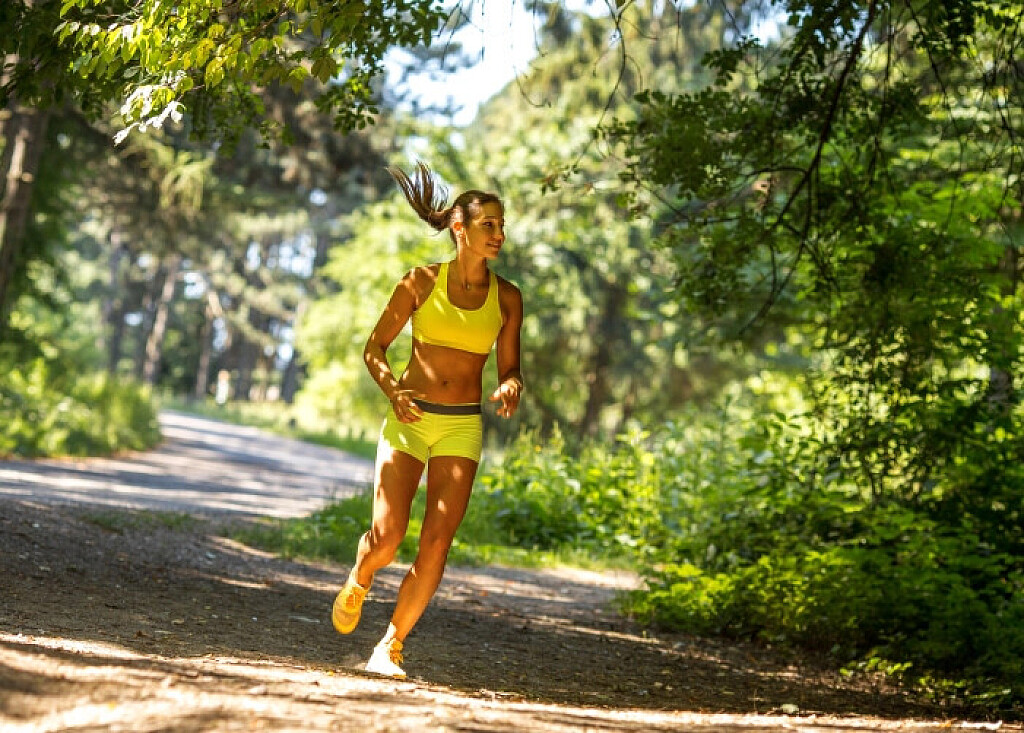Running News Daily
Running News Daily is edited by Bob Anderson. Send your news items to bob@mybestruns.com Advertising opportunities available. Train the Kenyan Way at KATA Kenya and Portugal owned and operated by Bob Anderson. Be sure to catch our movie A Long Run the movie KATA Running Camps and KATA Potato Farms - 31 now open in Kenya! https://kata.ke/
Index to Daily Posts · Sign Up For Updates · Run The World Feed
Stay cool on your next run with these three tricks, use these tips to keep your core temperature down
If you’re training for a summer race this year, you’ll want to prepare for that event by exercising in the heat, as unpleasant as it sometimes may be. Heat training will pay off, especially if race day is warmer than expected. There are ways to keep the heat from getting to you, especially during longer runs. Your goal is to keep your core body temperature down while staying aware of the signs of heat-related illnesses. Use these three tips to keep your body temperature down on your next hot-weather training session.
Choose your clothing wisely

Make sure you’re wearing light-colored clothing, in a sweat-wicking material, polyester, or polypropylene. Cotton attire may feel cool at first, but will get heavy and uncomfortable once you add sweat. Wearing a hat you can dip in water will keep your head (and core, as a result!) cool, and feels nice as well. Chris Kostman, race director of the Badwater 135 ultramarathon in Death Valley, Cali., has more than a little experience with hot-weather events. In an interview with GearHub Kostman suggested spritzing your clothes with water before setting out: you’ll cool as the water evaporates.
Have a cold drink before you start, and keep drinking

Staying hydrated is essential during the hot months. Not only will it help prevent potentially life-threatening ailments like heat exhaustion and heat stroke, but it will also keep you feeling better and running faster. When we get dehydrated, our blood thickens, increasing our heart rate through a process called cardiac drift. Being mindful of how much you are drinking before, during, and after your outdoor workout is important. Studies show that drinking something partially frozen before exercising can keep your body temperature down for even longer than simply imbibing a cold drink, so stick that sports drink in the freezer before your run so that it’s icy. If you find you’re taking in a lot of water, or you’re participating in a long, hot endurance event, make sure that you’re also taking in electrolytes and sodium so that you replenish what you’re sweating out and avoid conditions like hyponatrema.
Learn from the pros: ice, ice, everywhere
The recent Western States 100-mile race reportedly had 5 pounds of ice, per athlete, per aid station. Ultrarunners at these warm races have devised techniques to wear the ice all over their bodies, and no matter the distance of your next hot training run or race, you may want to try some of their efficient ways to beat the heat. Fill a bandanna or tube sock with ice and tie it around your neck. The icy water it releases as you continue will keep you cool as you move. Sticking a baggie of ice into your hat can work as well, or wearing sleeves that you stuff with ice cubes and allow to melt.
The most important thing during hot-weather runs: take the signs of heat exhaustion seriously. If you’re very hot but aren’t sweating, you have a throbbing headache that doesn’t abate or you start to feel unwell, get inside, cool your body down, and monitor your symptoms.
by Keeley Milne
Login to leave a comment
Western States 100
The Western States ® 100-Mile Endurance Run is the world’s oldest and most prestigious 100-mile trail race. Starting in Squaw Valley, California near the site of the 1960 Winter Olympics and ending 100.2 miles later in Auburn, California, Western States, in the decades since its inception in 1974, has come to represent one of the ultimate endurance tests in the...
more...




